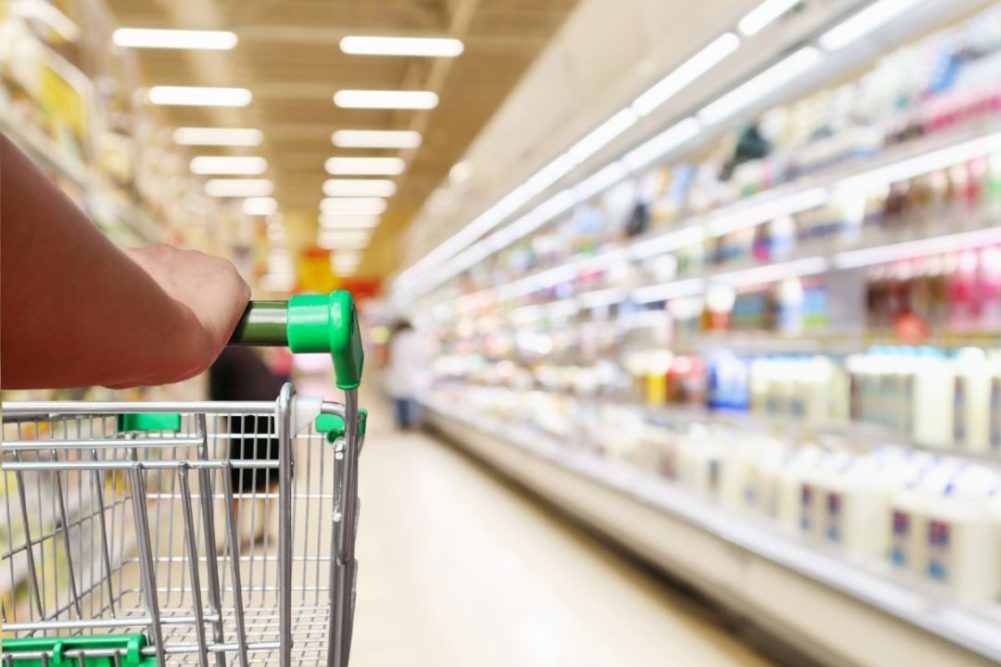CHICAGO — The market researcher Circana is forecasting retail food and beverage volume growth in 2025 of between zero and 1%. Sales dollar growth next year is expected to be between 2.5% to 3.5%, driven by increased price realization of between 2% to 3%.
In 2024, Circana projected volume growth of 1% and at the mid-year the company said it stood at 0.8%, with top-line growth of 2.2% supported by price realization of 1.4%.
“Following several years of economic volatility, we’re now seeing signs of stabilization across various sectors, including food and beverage,” said Sally Lyons Wyatt, global executive vice president and chief adviser at Circana. “While we anticipated greater support from an improving economy, the shift from away-from-home to in-home consumption helped keep our projections on track.”
In November 2023, Circana forecasted that 2024 would signal a return to growth for the retail food and beverage sector after three years of volume declines. The projected volume increase of 1% Circana anticipated was above historical norms, following a 1% drop in 2023, coupled with a low-price increase of 1.6%, down from 5.7% in 2023 and 11.4% in 2022. As a result, top-line growth in 2024 was expected to slow to 2.3%, compared to 4.7% in 2023 and 9.5% in 2022.
“As we approach the end of 2024, we anticipate the year will close out near our mid-year projections,” Lyons Wyatt said. “We expect volume growth will ease to 0.5% to 1%, with some potential softening later in the year as fast food ‘price wars’ could impact retail F&B growth, assuming current economic conditions hold. Year-over-year price realization is projected to increase slightly to 1.5 to 2%, driven by slowing promotional investments and the introduction of new price increases. This will result in overall top-line growth of 2.2% to 2.7% for 2024.”
From a global perspective, Circana expects 2024 retail food and beverage growth in Europe, the Middle East and Africa (EMEA) and the Asia-Pacific (APAC) regions to outpace the United States in terms of top-line performance, with both regions projected to achieve 4% to 5% growth. In APAC, the growth is expected to be entirely price-driven, with flat unit sales. In EMEA, the top-line growth will be primarily due to increased price realization, with volume growth comparable to US levels.
